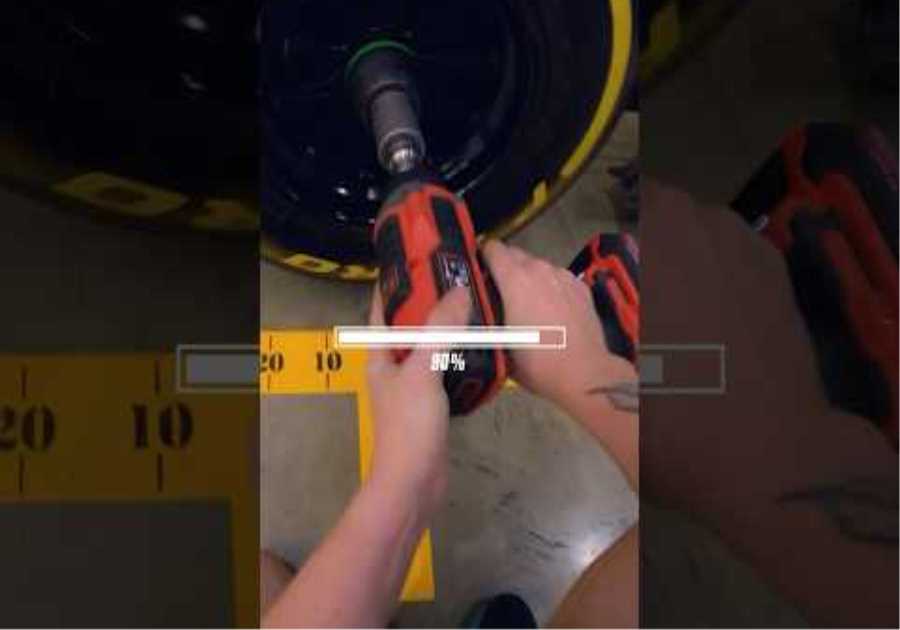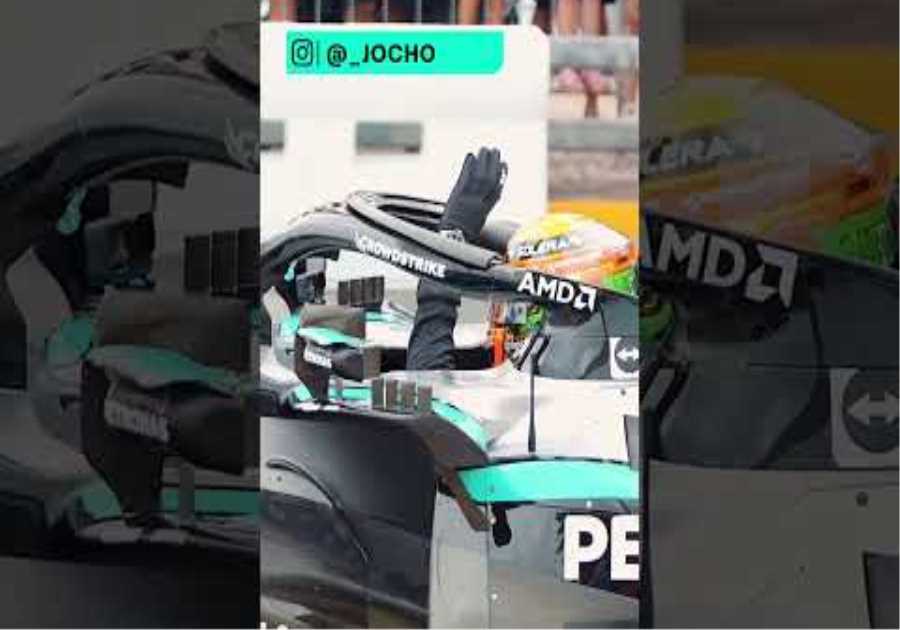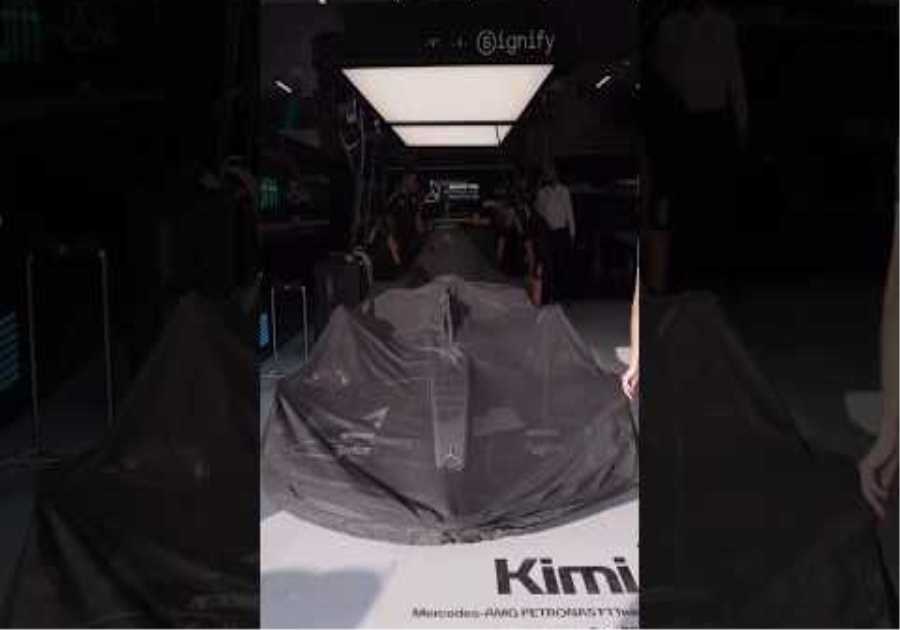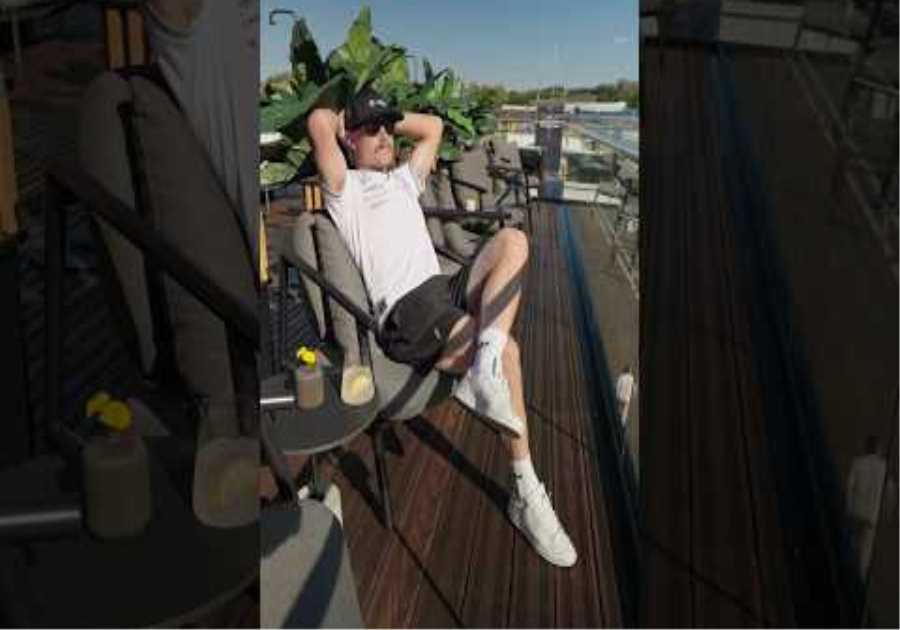
A performance engineer is another function in the design department of a Formula 1 team who ensures that the car is set up according to the driver’s wishes.
To find out more about the role and how to get started, we spoke to Edward Regan – the performance engineer for Mick Schumacher’s Haas F1 team car – to find out what the job entails, what qualifications you need to become one and what skills you need.
What is your role
I’m the performance engineer at Mick Schumacher’s car.
What are your tasks and main tasks?
I work with the race engineer – who speaks to Mick over radio – to make sure the car works in such a way that Mick can get the best possible performance out on the track. Before the event, we take information and recommendations from other departments of the team such as the aerodynamics group, vehicle dynamics, tires, etc. and use this to define the start vehicle set-up for this event.
While the car is on the track, we look at the live telemetry data to check that the car is working as expected and that everything is safe. We constantly check that the suspension is working as expected, the car is at the correct driving height and the tire pressure is correct, and we think about what changes we want to test for the next run. The sessions are shorter this year (an hour instead of 90 minutes) so very busy and the best way to help the driver is to make sure we are maximizing the time the car is on the track.
After the car is on the track, we go through the data and talk to the driver to understand what problems he is having and what we need to improve to help him go faster. Once we see what areas need improvement, we will investigate setup options to try to help those areas. Any setup change is a compromise so we may need to weigh up an area where we are stronger to help an area where we are weaker, e.g. B. more downforce gives more drag, although the car may turn faster. On the straights, it slows down.
Mick Schumacher, Haas F1 goes the route
Photo by: Sam Bloxham / Motorsport Images
How do you become a performance engineer?
The normal path to a position as a performance engineer on the track is to gain experience in a position in the vehicle dynamics department at the factory before moving to a position on the track. Because track testing is limited it is difficult to get a chance to be on the track but there are always opportunities to get in on the race support (working in the factory on a race weekend and having track team support directly from the Operations Room ). Race support is a great opportunity to gain more experience with what is going on on the track and create a solid foundation for the jump to a full role on the track.
The experience of the people in the track team is very diverse. Some people made a different formula and got promoted to Formula 1, others worked in the factory before. I had no less formula experience before I started in Formula 1 and was just lucky enough to get a Junior Vehicle Dynamics role on a team after graduation. I am very grateful to them for giving me this opportunity as it got me on my way for the rest of my career.
What qualifications do you need?
I studied mathematics, physics and computer science and then studied automotive engineering at the university, but I know people from many other fields. Most of the role is learned through on-the-job experience, so pretty much anything that shows that you have the mindset to deal with problems would be fine.

Mick Schumacher, Haas VF-21, leaves the garage
Photo by: Zak Mauger / Motorsport Images
What other skills are useful?
From my experience, I was a fan of Formula 1 when I was young and that drove my desire to get involved when I started working. I am sure that the majority of people would like to get into motorsport because they are fans of it and dream of working in this environment. It’s not all as glamorous as it looks on TV, and with plenty of time away from family and home, it could be difficult if you aren’t passionate about the series. There are tough days as in all life situations, but it’s an amazing experience that I wouldn’t change for anything.
How can I gain work experience?
Most Formula 1 teams have a graduate program for university graduates and also internships, in which the students can work in a team in various areas from a few weeks to a year. There is a lot of competition for these positions, but they can be an amazing experience. Students often discover roles that they didn’t know existed beforehand, which turns out to be perfect for them.
Placements aside, Formula 1 cars are a lot more complicated than many other series, but basically they’re essentially the same – any involvement in a lower formula would be beneficial and would certainly make a resume stand out.
Are you going to run
My role is a track side role, so I go to all races and test events with the team. For me, the real excitement is getting the car running properly and maximizing performance on the track. We work very hard, with many hours on the track, but most of the hard work takes place behind the scenes at the factory, by people who are not on TV. From the first vehicle design to the creation of updates and bug fixes during the season. The people on the track are the ones that are shown, but the people in the factory work just as hard and most of the performance comes from the hard work that is done in the factory.

Mick Schumacher, Haas F1
Photo by: Erik Junius
What does a working day look like for a performance engineer?
There are very few roles in Formula 1 that can be viewed as a 9:00 AM – 5:00 PM job, especially trackside roles.
Monday and Tuesday before an event, we spend either at the factory or at home preparing our set-up and all the necessary documents for the upcoming race weekend.
We usually fly to a race early on a Wednesday, the day after the mechanics, and sometimes we go straight onto the track depending on when we arrive. The mechanics spend Wednesday and Thursday preparing the car for FP1. They work extremely hard these days, even before the TV cameras show up, so we have curfew on Thursday and Friday at a time when we are not allowed to be on the line. That’s usually around nine hours, which ensures we have some off-track time and adequate sleep. Before this was implemented, there was a temptation to go late every night, but you pay for it later on the weekend.
Friday is the first day of running and probably the longest day of the weekend, as we arrive at the track around 8 a.m. and don’t get off until midnight. On the other days it’s more like 12 hours on the route.
When the cars leave the garage for qualifying we are not allowed to change parts, so it is quite tense on Saturday morning as it is the last chance to make changes and you are then committed for the rest of the weekend.
We all fly home on the Sunday after the race and back to work on Monday morning, look at the weekend data and look forward to what we can learn for the next event.
This article was produced in collaboration with Motorsport Jobs. Find the latest jobs in motorsport, as well as jobs with the Haas F1 Team, on the Motorsport Jobs website.

The post How to become a Formula 1 Performance Engineer – Qualifications, Skills & More first appeared on monter-une-startup.






